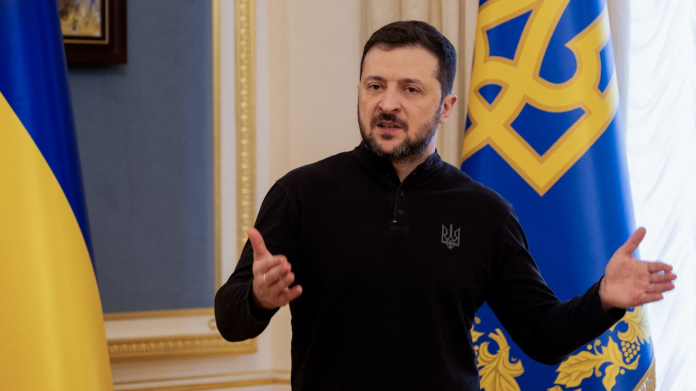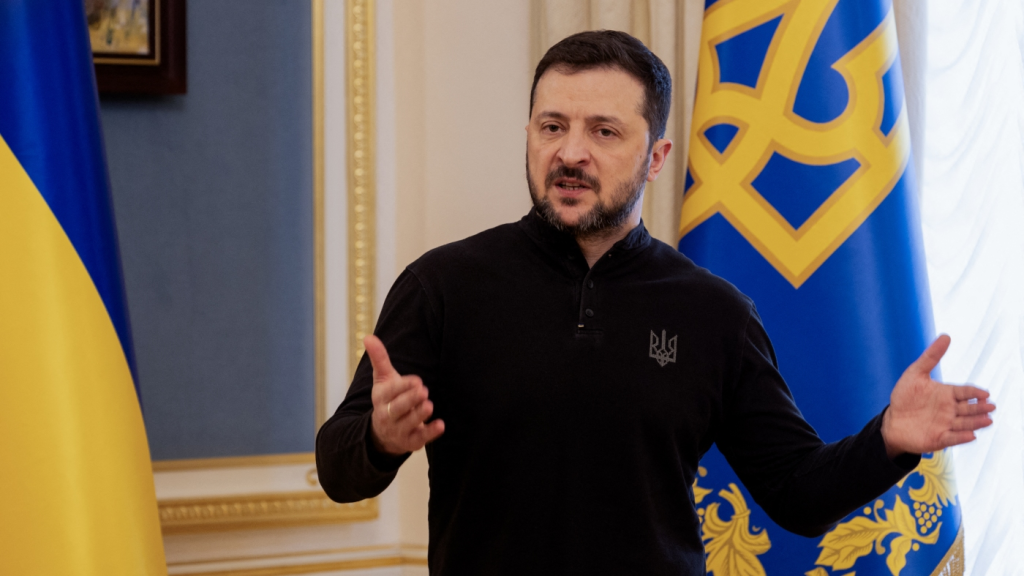
What does it take to cut a major power’s oil refining capacity by a fifth without firing a shot across the front line? For Ukraine, the answer has been a relentless campaign of long-range strikes deep inside Russian territory a campaign that is reshaping both the battlefield and the global energy market.
Nearly four years into the war, Kyiv’s strategy has evolved into a multi-pronged offensive: precision attacks on critical energy infrastructure, rapid development of indigenous strike systems, and diplomatic maneuvering to tighten the economic noose on Moscow. President Volodymyr Zelenskyy’s latest disclosures underscore just how far Ukraine has come in building a domestic arsenal capable of reaching strategic targets far beyond the front.
Below is a list of the most significant developments from advanced missile programs to sanctions pressure that define Ukraine’s approach today, and its potential to alter the trajectory of the war.
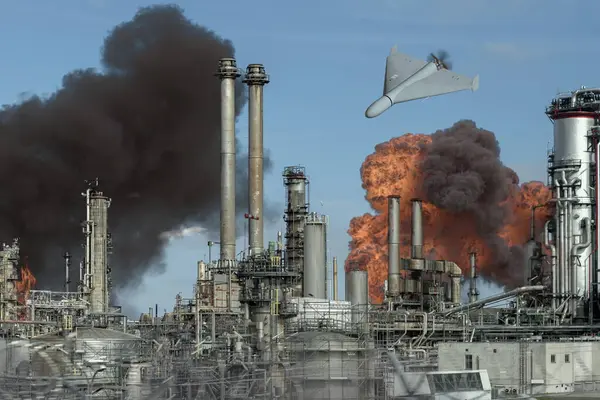
1. Refinery Strikes Slash Russian Capacity by 20%
Ukrainian long-range strikes have reduced Russia’s oil refining capacity by a fifth, according to President Zelenskyy, who cited Western intelligence assessments. Over 90% of these deep strikes have been executed with domestically produced weapons, marking a major leap in Ukraine’s indigenous strike capability.
The impact is visible inside Russia. BBC Verify has found that 21 of the country’s 38 large refineries have been hit since January, with successful attacks already 48% higher than in all of 2024. Some facilities, such as the Ryazan plant near Moscow and the Volgograd refinery, have been struck multiple times, forcing prolonged shutdowns and tightening fuel supplies.

2. Civilian Fuel Shortages and Economic Strain in Russia
The refinery campaign has spurred fuel shortages across the Russian regions. Verified footage shows long queues at filling stations, and some independent operators have suspended sales as a measure to avoid losses. In Siberia, one station manager compared the crisis to the early 1990s economic turmoil.
Wholesale prices of petrol are up 40% since January. The Kremlin has extended a partial ban on petrol exports to the end of 2025. While western Russia remains largely insulated, rationing has been introduced in occupied Crimea, highlighting the reach of Ukraine’s energy warfare.

3. Flamingo Missile: Ukraine’s Deep-Strike Workhorse
The cruise missile, called Flamingo, was unveiled in August and has already seen combat. It’s a domestically developed long-range system, reportedly boasting a range in excess of 3,000 km, carrying a 1,150 kg bunker-busting warhead said to be capable of penetrating 10 meters of reinforced concrete.
It has been designed with cost efficiency in mind, including carbon-fiber fuselages and refurbished jet engines, and flies at sub-50 meter altitudes to evade detection. Its deployment has included strikes on high-value targets such as an FSB intelligence base in occupied Crimea, demonstrating both precision and strategic reach.

4. Neptune Cruise Missile Evolution
Originally designed as an anti-ship weapon, variants of the Neptune family have been adapted for land-attack roles. Ukraine has fielded variants with GPS-assisted inertial navigation and imaging infrared seekers, extending range to at least 360 km.
A newly revealed version featuring prominent forward fuselage bulges-likely additional fuel tanks-provides an intermediate capability between the baseline R-360 and the 1,000 km-range Long Neptune. This evolution allows Ukraine to tailor strike assets to mission profiles while conserving its most capable missiles for critical targets.
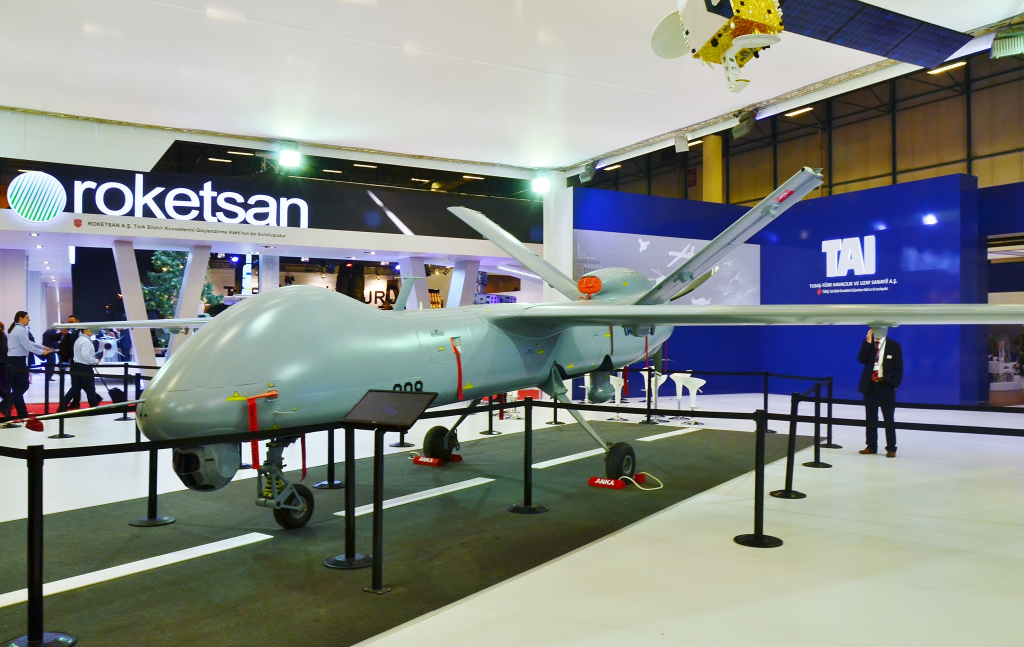
5. Licensed Production of Drones in the Allies
Ukraine is scaling production of its Octopus interceptor drones through licensed manufacturing in the United Kingdom, an effective system against Shahed-type drones, and is set to underpin a European “drone wall” against Russian aerial threats.
With a planned output of about 2,000 units per month, the partnership epitomizes Kyiv’s drive to integrate the industrial capacity of its allies into its supply chain for defense, with continuous production irrespective of wartime pressures on domestic factories.

6. Expanding Interceptor Output for Air Defense
Domestically, Ukraine hopes to make 500 to 800 interceptors a day by next month to counter Russia’s Shahed drone strikes. Zelenskyy added that the training of operators is as crucial as the production so that these systems can be effectively used along the front line.
This surge in air defense capacity is part of a broader strategy to harden Ukraine’s energy infrastructure and urban centers against persistent aerial bombardment.

7. Sanctions on Russian Oil Giants
U.S. President Donald Trump’s sanctions on Rosneft and Lukoil, effective from Nov. 21, threaten to cut Russia off from key energy revenues. The measures target companies buying Russian oil by restricting access to the dollar-based financial system.
Analysts have warned that if China and India, which account for 86% of Russia’s crude exports, reduce purchases, Moscow might suffer losses of as high as $7.4 billion a month. Initial indications include halted deliveries to major refineries in both countries.
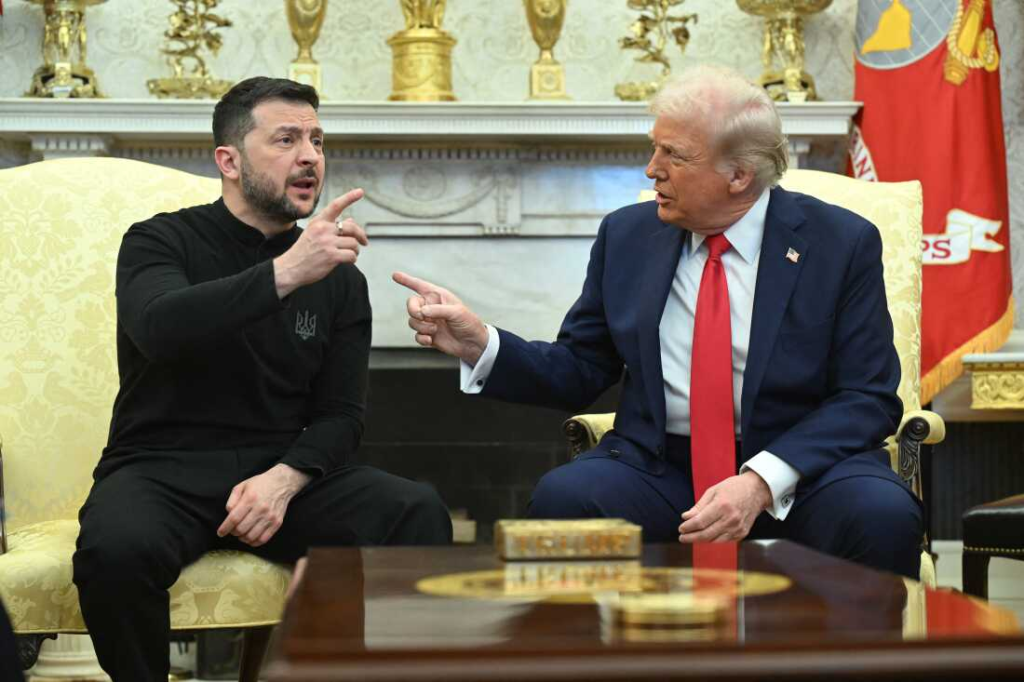
8. Diplomatic Pressure on Asian Energy Buyers
Zelenskyy has said India signaled it will reduce imports of Russian energy, while Trump is expected to press Chinese President Xi Jinping for similar action. The purchases of Russian crude by India’s state-owned refineries already fell by 38% in September from a month earlier.
A sustained reduction from any of these markets would disproportionately affect Kremlin revenues and could accelerate the impact of Ukraine’s physical strikes on refining capacity.
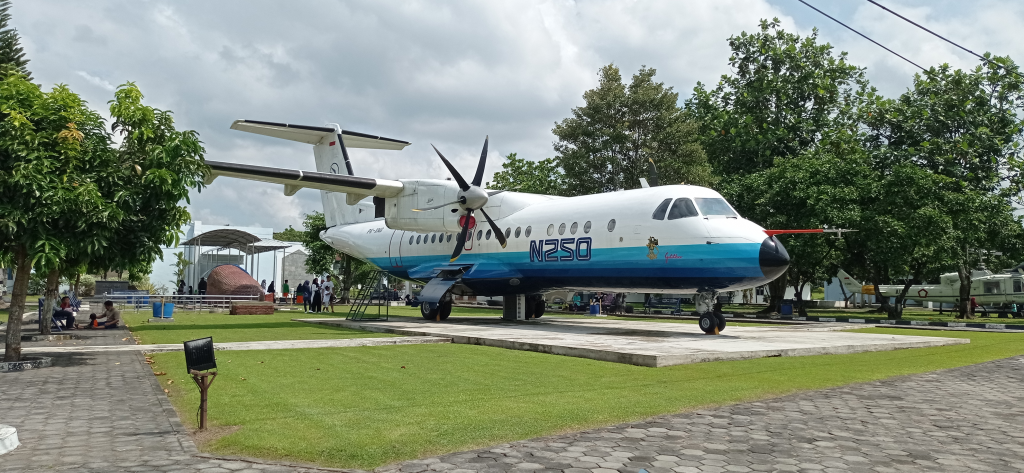
9. Building a 250-Aircraft Future Combat Fleet
At present, Ukraine is in discussions with Sweden, France, and the U.S. about purchasing a force of around 250 modern combat aircraft based on the F-16, Gripen, and Rafale. Gripens are sought because of lower maintenance costs, faster pilot training, and use of the same munitions currently employed by Ukraine. Preliminary agreements with Sweden involve the licensed production of 150 Gripens, with the first deliveries possible in three years. It is part of a far-reaching aviation modernization that should guarantee air superiority for Ukraine and integrate its forces into Western standards of military operations. Ukraine’s multi-layered approach comprising kinetic strikes against critical infrastructure, rapid innovation in weapons, industrial partnerships, and coordinated economic pressure continuously erodes Russia’s warfighting capacity. Individually, none of these actions is decisive, but taken together, they compose a sustained campaign aimed at stretching Moscow’s resources, disrupting its logistics, and tightening the strategic vise. How this mix of battlefield precision and economic warfare will actually shift the balance of the conflict remains to be seen in the coming months.
